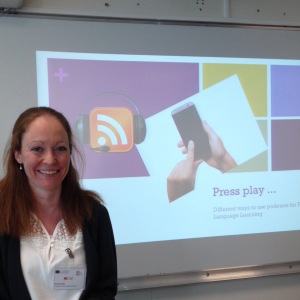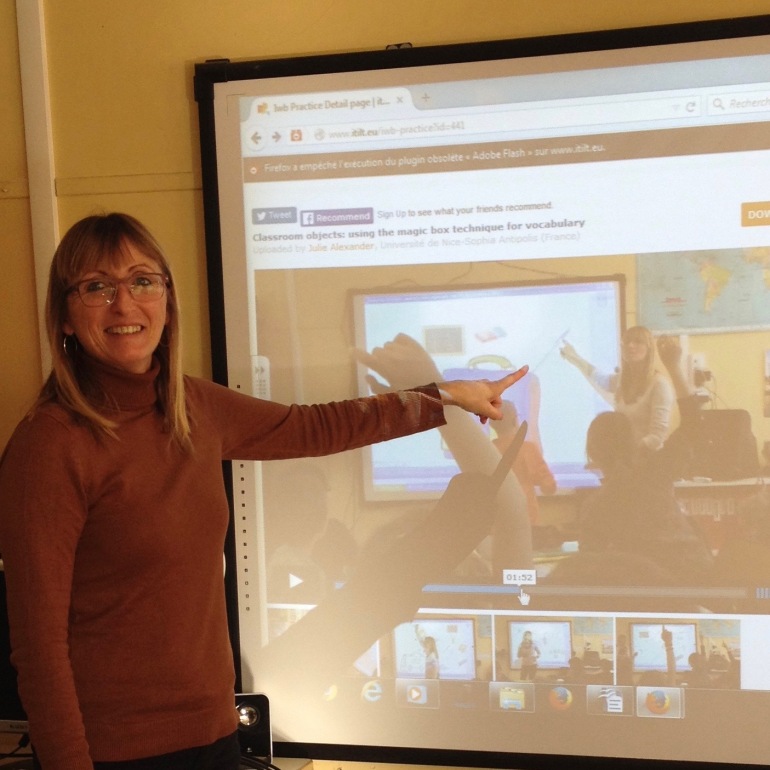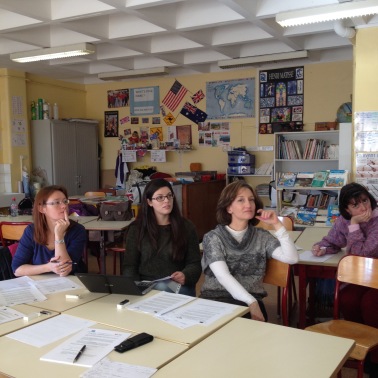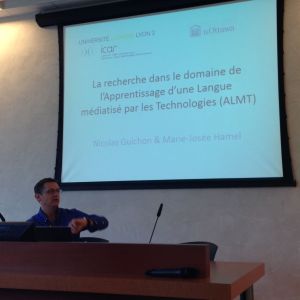Research in the teaching and learning of languages is a field which is gaining visibility in higher education in France. Referred to as language didactics (didactique des langues) as distinct from the more practically oriented language pedagogy, this research seeks to understand how second or foreign languages are learned in instructed contexts, and may or may not have direct implications for teaching.

Archives Nationales, site de repli pour GERAS 2016 (manifestations à Paris 8)
Some new and more established outlets and groups for research in this area in France include
- ARDAA (Association pour la Recherche en Didactique de l’Anglais et en Acquisition), a recently formed affiliate of the Société des Anglicistes de l’Enseignement Supérieur, the French society for English studies in higher education. ARDAA focuses on research on all aspects of teaching English, particularly in French contexts.
- DidASP, focusing on research in the teaching and learning of English for Specific Purposes, as a new special interest group in GERAS (Groupe d’Etude et de Recherche en Anglais de Spécialité). GERAS runs the open access journal ASp which publishes on all aspects of ESP research, including ESP didactics.
- Research and Teaching Languages for Specific Purposes (RPPLSP, Cahiers de l’APLIUT). This open access journal has its roots in foreign language instruction in technical universities; its scope has recently widened to include special issues edited by ARDAA and RANACLES members.
- Research on the Teaching of Second Languages and Cultures (RDLC, Cahiers de l’Acedle), the publication of the Association of Researchers, Teachers and Didacticians in Foreign Languages (Acedle).
- Mélanges CRAPEL (Centre de Recherches et d’Applications Pédagogiques en Langues) for research and development in language teaching and learning.
Cédric Sarré and I have been considering how ESP didactics might fit into this picture in an article just published in ASp on Research in ESP teaching and learning in French higher education: developing the construct of ESP didactics. The paper includes an overview of recent work by our colleagues teaching and researching ESP in higher education contexts in France. It attempts to propose a framework for ongoing research in ESP didactics, defined as
the branch of English language studies which concerns the language, discourse and culture of English-language professional communities and specialised social groups, as well as the learning and teaching of this object from a didactic perspective.
At our ESP Didactics SIG meeting at this year’s GERAS conference in Paris, we heard presentations on English for veterinary science (Muriel Conan) and designing a hybrid English course in musicology (Aude Labetoulle). We also discussed possible collaborative research projects for the group, and provided an update on the seminar on Teaching ESP today we are co-organising at this summer’s ESSE conference in Galway.






